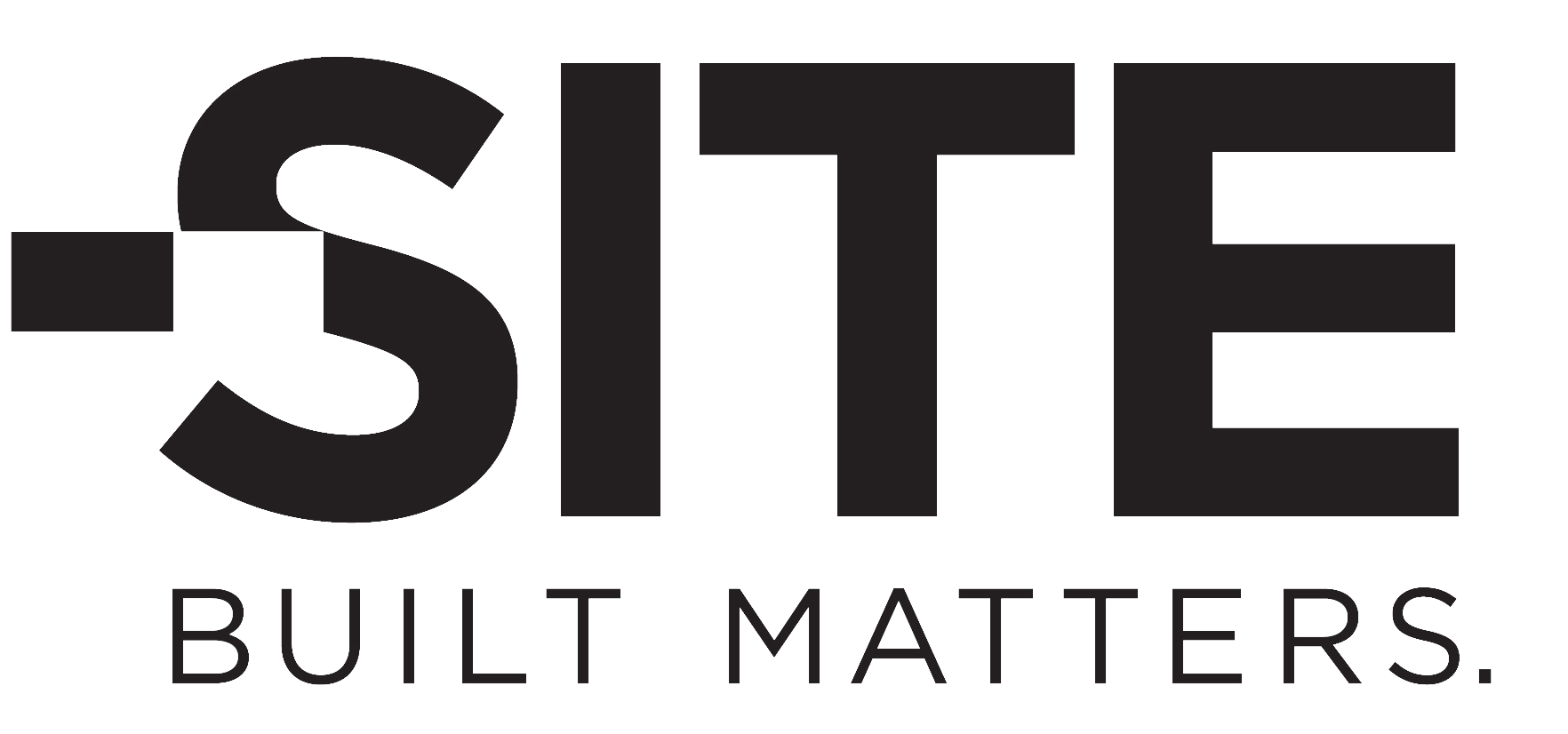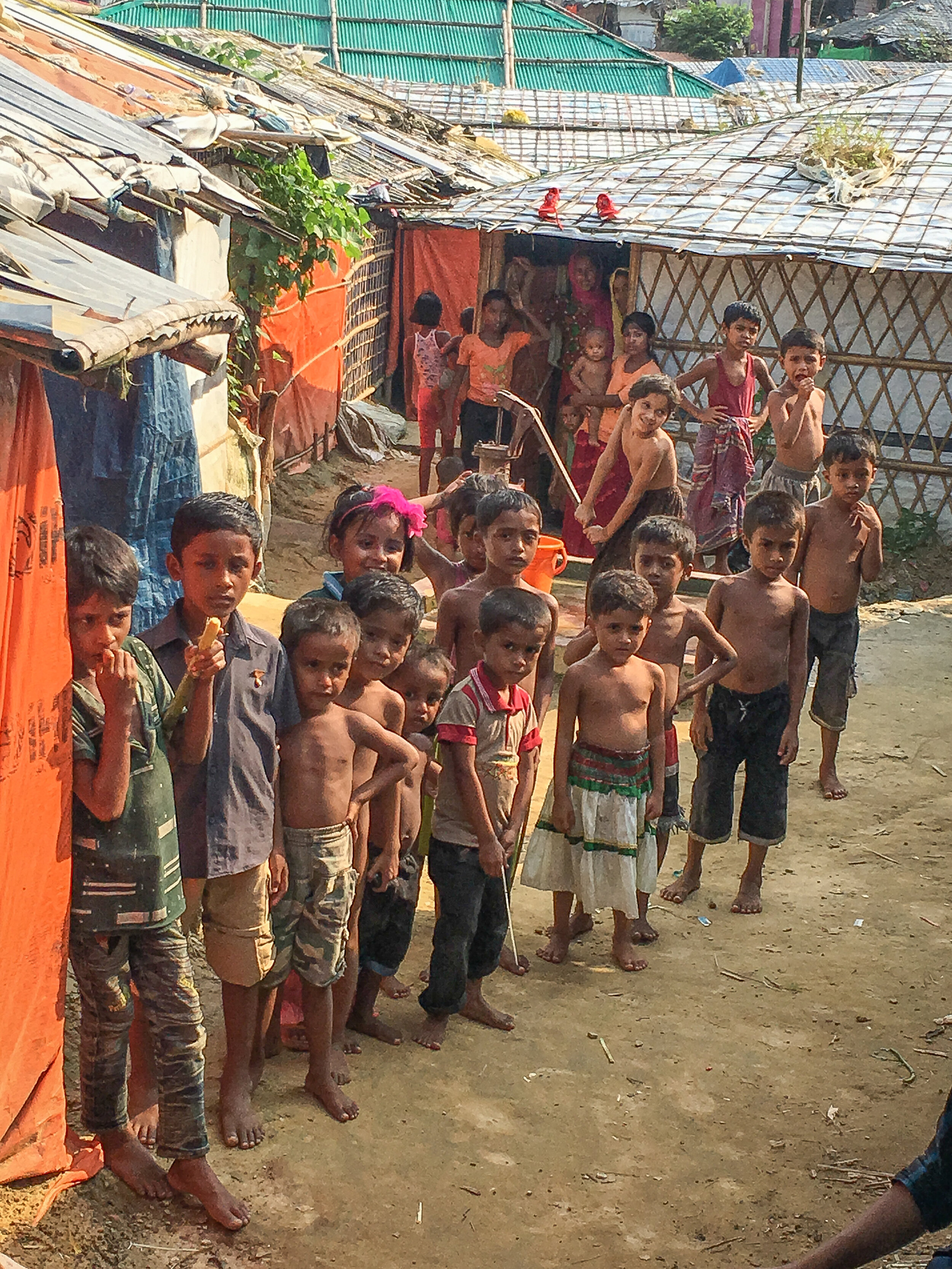TIPPY TAPS & SESAME STREET
Lindsay Gladding // Afghanistan / Bangladesh / Haiti / South Sudan
The many ways to fight an outbreak
On March 11th, we at World Vision, the international aid agency, announced a multi-million-dollar COVID-19 response in 17 countries. The effort has now become the largest in World Vision’s 70-year history, reaching over 72 million people in over 70 countries. On the ground, our teams are supporting vulnerable communities by promoting prevention behaviours, offering essential health advice and psychosocial support, and engaging government health authorities. Although our international aid teams began distributing protection and supplies within Asia as early as January, in March we initiated a focus on the needs of individuals in some of the worlds most fragile contexts, including Afghanistan, the Democratic Republic of Congo, Iraq, Haiti, Venezuela, and Syria.
Our health specialists have warned global authorities that the impact of COVID-19 could be unprecedented in vulnerable contexts, a concern that most organizations in the international development community have supported. Very recently, on April 28th, the UN’s Deputy Secretary-General explained to a European Union meeting on the G5 Sahel that: “Around the globe, we are watching a development emergency unfolding before our eyes.”
That the pandemic poses a development emergency is particularly worrisome because wealthy countries are also suffering. As Europeans and North Americans focus on what is happening in their own neighbourhoods, it is easy to forget that the best measures for prevention – social distancing and 20 seconds of hand washing, for example – are sometimes impossible in a fragile context, like an urban slum or a refugee settlement. For this photo essay, specially curated for The Site Magazine, World Vision team members from around the world have collected photos that illustrate at five different scales (Infrastructure, Institutions, Interventions, Supplies, and Education) how we at World Vision and the international development community are working to prevent outbreak in dense urban environments by enabling a simple, intimate, and too often taken for granted act: hand washing.
Infrastructure // Rohingya Camp, Bangladesh
On the Diamond Princess cruise ship there were 24 people per square kilometer, a density of bodies that allowed the virus to spread four times faster on the ship than it did in Wuhan, China at the peak of the outbreak. The Rohingya refugee camp near Cox’s Bazar in Bangladesh is the largest in the world, housing 40 people per square km. The population density combined with lack of sanitary conditions, make effective outbreak prevention extremely challenging and puts those who call the camp home at a high risk of infection from their neighbours. World Vision has worked with local and international aid organizations to outfit the camp with the necessary infrastructure to enable hand-washing and safe distribution of hygiene and sanitation equipment. Safe and open areas for queuing and communal water pumps within the extremely dense camp are pictured here.
Photo by Brett Tarver, World Vision, 2019
Photo by Brett Tarver, World Vision, 2019
Photo by Brett Tarver, World Vision, 2019
Institutions // Multiple Cities, Bangladesh
Every day, families line up to enter one of five family nutrition centres in Bangladesh, operated by World Vision, the World Food Program, and UNICEF to support infant and neonatal health and nutrition. These centres serve 1,500 children under the age of 5 and 250 pregnant and nursing mothers with supplementary nutrition each day. During the Covid-19 outbreak, families are asked to wash their hands with soap before they enter. Pictured here, families queue for hand washing guidance from a dedicated facilitator before accessing the nutrition centre.
Photo courtesy of World Vision, 2020
Interventions // Multiple Locations, Haiti
“Tippy Taps” are a vernacular, foot-pedal operated hand washing station that the World Vision team in Haiti has developed to help children prioritize hand washing in their daily routine. In 2020 alone, over 2,000 Tippy Taps have been installed in households across Haiti. They have become a fundamental tool in pandemic prevention efforts; supplemented with training and education, they allow families to practice routine household hygiene and sanitation, which might otherwise be impossible.
Photo courtesy of World Vision, 2020
Supplies // Badghis Camp, Afghanistan
Families living in the Badghis Camp in Afghanistan have always worked hard to keep their small mud houses clean in order to protect their children’s hygiene. Through the pandemic, their efforts have remained steadfast, even though limited access to hygiene and sanitation facilities make this a challenge. In this photograph Zufonun, a mother of two, helps her children wash their hands using the basic equipment provided to her by World Vision and the Afghanistan Humanitarian Fund of the UN’s Office for the Coordination of Humanitarian Affairs. These hygiene kits have been distributed to over 13,000 internally displaced families like Zufonun’s, allowing them to collect water and manage their family’s hygiene practices more easily.
Photo courtesy of World Vision, 2020
Education // Multiple Locations, South Sudan
In one of World Vision’s pioneering education initiatives called WASHUP!, we worked with Sesame Street to develop a new character that could teach hygiene education. Raya shows her friend Elmo positive hygiene practices, helping our aid workers to teach these practices to children who, in turn, teach their parents and their community. The project was funded by the Bill & Melinda Gates Foundation and has been launched in Zambia, Syria, and Lebanon.
Hygiene education for children, is an incredibly potent bottom-up approach for improving sanitation practices within a community. During the pandemic, our teams have enhanced education initiatives through extensive community awareness sessions. One such effort has taken place in South Sudan; nine year old Morris, pictured here, enthusiastically promises our team members that he will teach his family what he has learned about hand washing and how it will help protect them from infections like Covid-19.
Photo courtesy of World Vision, 2020
Author Bio:
Lindsay Gladding is World Vision Canada’s Director of Fragile and Humanitarian Programs. With more than a decade of experience in diverse humanitarian and emergency settings, she has deployed to emergencies around the world including Haiti, Pakistan, Afghanistan, Iraq, Zimbabwe and Niger. Lindsay spent 18 months with World Vision Lebanon as the Humanitarian Director, establishing World Vision’s response to the Syrian refugee crisis. She is a strong gender equality advocate, and has served as a contract faculty member in humanitarian and development studies at Western University and Humber College. Lindsay holds an MA in Human Security and Peacebuilding at Royal Roads University, a Post-Graduate Diploma in International Project Management from Humber College, a BA in Socio-Cultural Studies from Western University, and a Diploma in Community Development from Brescia University College.
World Vision is a relief, development and advocacy organization working to create lasting change in the lives of children, families and communities to overcome poverty and injustice. Inspired by our Christian values, World Vision is dedicated to working with the world's most vulnerable people regardless of religion, race, ethnicity or gender. For more information, visit www.Worldvision.ca or follow us on Twitter, Facebook, Instagram and LinkedIn.









